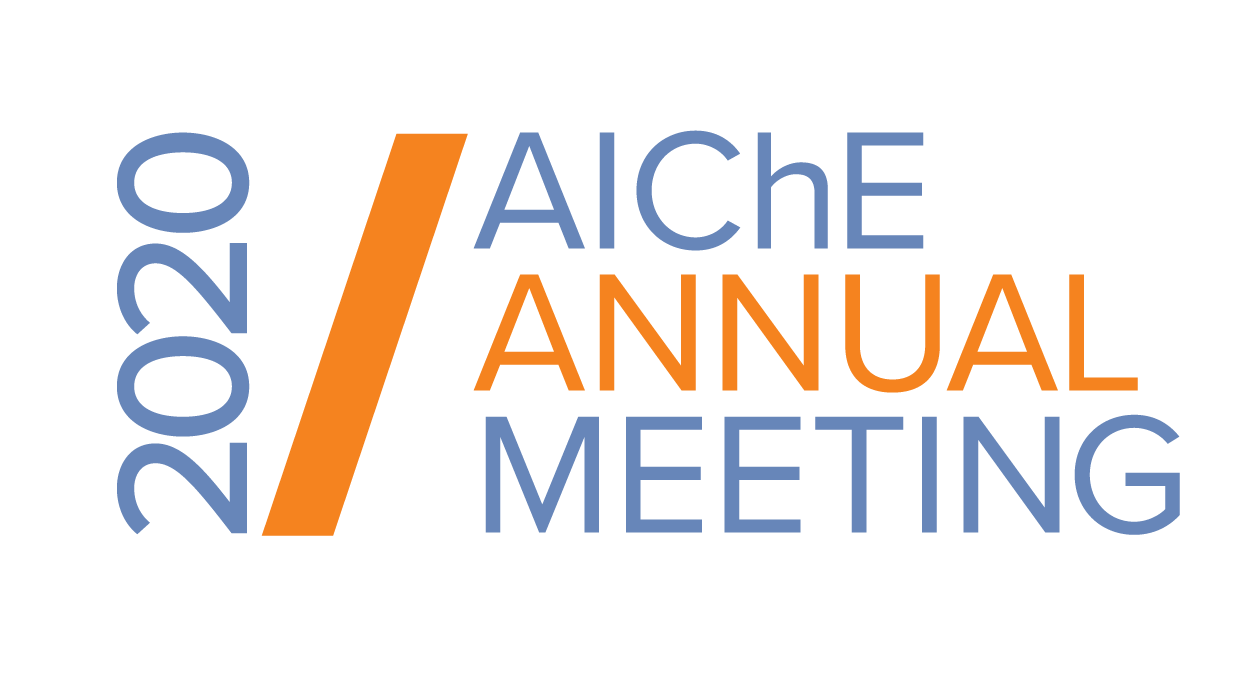

Successful applications of the 3D surface land seismic method to monitor CO2 injection into a reservoir have been found in the literature. Reducing the operational effort to acquire 3D data and the turnaround time for the processing and interpretation of field data are highly desirable for more efficient seismic monitoring. The scalable, automated sparse seismic array (SASSA) method has been ideated as a cost-effective alternative or complementary to conventional 3D seismic methods. Based on a sparse array of receivers deployed strategically on Earth’s surface and one or more fixed seismic sources, the SASSA method can be used to study specific portions of the subsurface to detect the movement of CO2 in a reservoir with lower environmental footprint and shorter turnaround time to deliver results than conventional 3D seismic methods.
The Energy & Environmental Research Center (EERC) carried out seismic monitoring of an oilfield undergoing CO2 enhanced oil recovery in Montana, USA, using the SASSA method. Initial efforts in collaboration with the field operator were invested in designing an optimum distribution of two sources and 96 receivers not only to honor the subsurface geologic conditions and CO2 injection patterns but also to minimize the impact of cultural noise sources. The signal-to-noise ratio was further improved in data acquisition by use of two fixed surface orbital vibrators that were remotely controlled by the EERC team in North Dakota. Weekly data acquisition was conducted on weekends from May 2019 through March 2020. Data-processing workflows were developed to preserve the true seismic amplitudes representing the time-lapse changes of the reservoir due to CO2 injection and maximize the representation of the reservoir in the seismic sections from the distribution of sources and receivers on the surface. Encouraging results were obtained using the SASSA method in areas adjacent to the CO2 injection wells. Two validation methods were considered: a time-lapse 2D seismic survey acquired at the beginning and the end of the monitoring activities and reservoir simulation.
The Energy & Environmental Research Center (EERC) carried out seismic monitoring of an oilfield undergoing CO2 enhanced oil recovery in Montana, USA, using the SASSA method. Initial efforts in collaboration with the field operator were invested in designing an optimum distribution of two sources and 96 receivers not only to honor the subsurface geologic conditions and CO2 injection patterns but also to minimize the impact of cultural noise sources. The signal-to-noise ratio was further improved in data acquisition by use of two fixed surface orbital vibrators that were remotely controlled by the EERC team in North Dakota. Weekly data acquisition was conducted on weekends from May 2019 through March 2020. Data-processing workflows were developed to preserve the true seismic amplitudes representing the time-lapse changes of the reservoir due to CO2 injection and maximize the representation of the reservoir in the seismic sections from the distribution of sources and receivers on the surface. Encouraging results were obtained using the SASSA method in areas adjacent to the CO2 injection wells. Two validation methods were considered: a time-lapse 2D seismic survey acquired at the beginning and the end of the monitoring activities and reservoir simulation.
Presenter(s)
Once the content has been viewed and you have attested to it, you will be able to download and print a certificate for PDH credits.
If you have already viewed this content,
please click here
to login.
